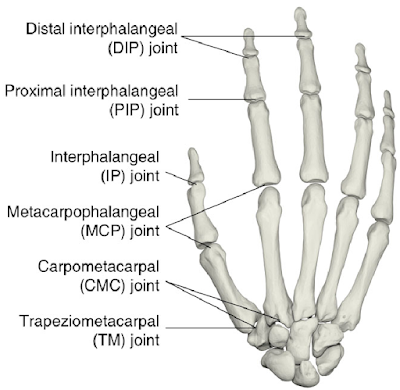Archery Hooking: Finger Force Distribution
Archery is a sport that demands precision and technique, especially when it comes to distributing the force on the fingers that are hooked onto the string. Properly managing this force is crucial for accuracy and consistency in shooting. Let's delve into the intricacies of how the distribution of force on the fingers impacts an archer's performance.
Understanding Finger Force Distribution
When an archer hooks their fingers onto the string, the distribution of force among the three fingers is influenced by the position of the drawing elbow. If the drawing elbow is too low, the force tends to concentrate on the forefinger, while an excessively high elbow position shifts the force towards the ring finger. Achieving the correct height of the drawing elbow is essential for a natural extension action and optimal force distribution, ensuring a smooth release.
Natural Power Distribution
To enhance shooting efficiency, it is advisable to allow the power to distribute naturally across all three fingers. This natural distribution adapts automatically based on factors like the height of the drawing elbow and the length of the archer's fingers. By letting this distribution occur organically, archers can optimize their technique and improve their shooting consistency.
In conclusion, mastering the distribution of force on the fingers hooked onto the string is a fundamental aspect of archery technique. By understanding how factors like drawing elbow height influence this distribution, archers can refine their skills and achieve greater precision in their shots.




Comments
Post a Comment